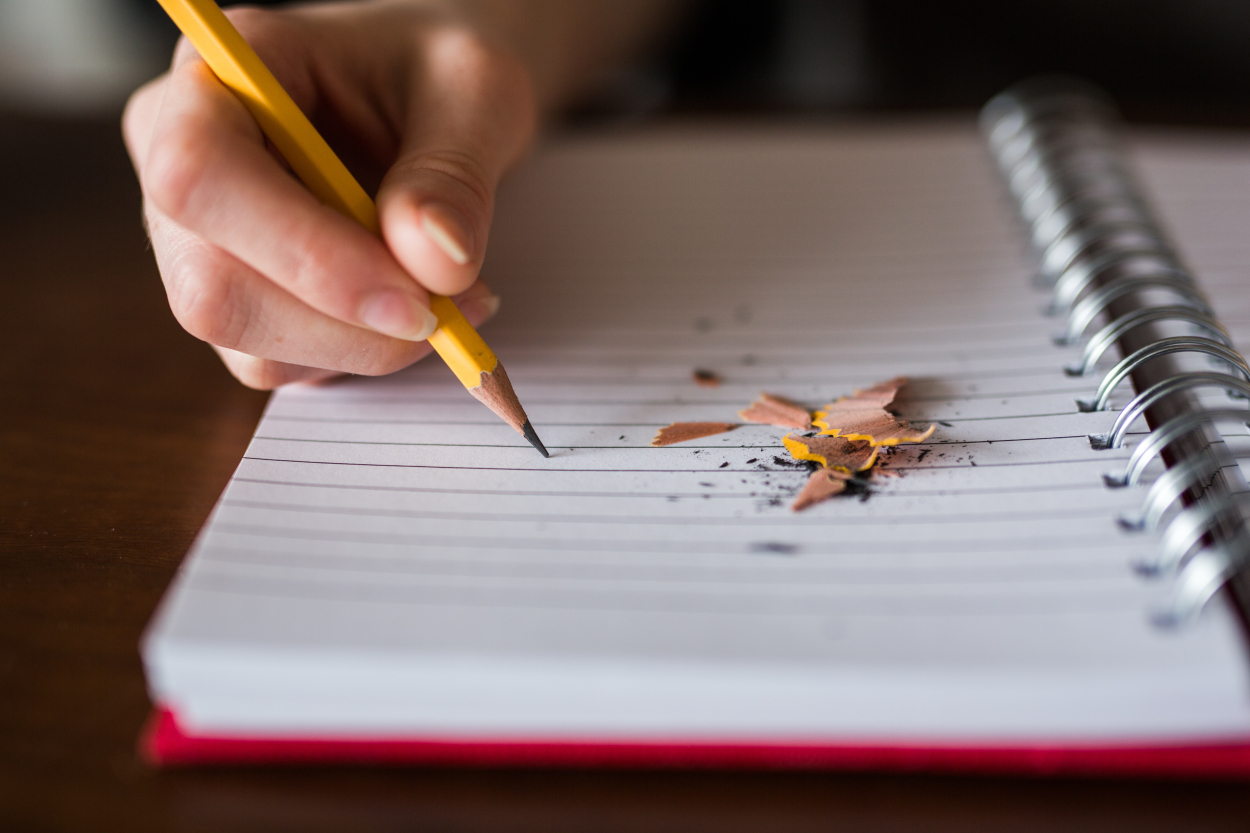
An Exhibition Designer is responsible for creating visually engaging and effective exhibit designs for museums, galleries, trade shows, and other events. They work closely with curators, event managers, and other stakeholders to create exhibits that effectively convey a specific message or theme. The work of an exhibition designer includes the following tasks:
Conceptualization: Exhibition designers begin by working with curators and other stakeholders to understand the message or theme of the exhibit and develop a concept for the design. They may create visual diagrams, sketches, and other materials to help communicate the concept.
Research: Exhibition designers conduct research on the subject matter, materials and techniques related to the exhibit, and study the historical context, cultural significance, and audience demographics.
Design Development: Once the concept and research are complete, exhibition designers develop detailed plans, drawings and models of the exhibit, taking into consideration, the space, lighting, acoustics, and all other technical aspects. They work closely with other members of the project team, including architects, engineers, and builders, to ensure that the design is feasible and can be implemented within the budget and time constraints.
Project Management: Exhibition designers often act as project managers, coordinating the work of other designers, builders, and contractors to ensure that the exhibit is completed on time and within budget. They are also responsible for ensuring that all exhibit components are properly installed, and that all safety and accessibility requirements are met.
Maintenance and Upkeep: Exhibition designers are also responsible for the maintenance and upkeep of the exhibit once it is installed. They will typically work with the museum or gallery staff to develop a maintenance schedule and plan for regular updates and refurbishments to keep the exhibit looking its best.
Creative and Technical skills: Exhibition designers use a combination of creative and technical skills to create exhibits that are both visually appealing and effective in communicating the intended message. They should have a good understanding of design, materials, and construction, as well as the ability to use graphic design, prototyping, and other software and tools to create visual presentations and detailed plans.
Collaboration: Exhibition designers often work in multidisciplinary teams and must be able to collaborate effectively with colleagues from various fields, including curators, educators, and event managers, as well as architects, engineers, builders, and other professionals.
Adaptability: Exhibition design work is constantly evolving, and exhibition designers must be adaptable and willing to learn new technologies, trends and techniques.
Exhibition design can be a very rewarding career for those who are passionate about visual design and have an interest in how people interact with exhibitions. It requires a combination of creativity, technical expertise, and project management skills, and the ability to work effectively with other people. While exhibition designers often have a background in fine art, graphic design, or architecture, the field is open to people with a variety of educational and professional backgrounds.